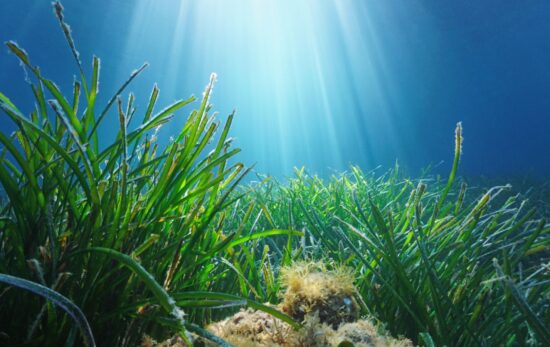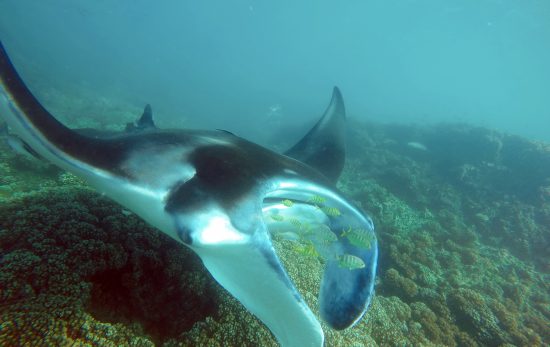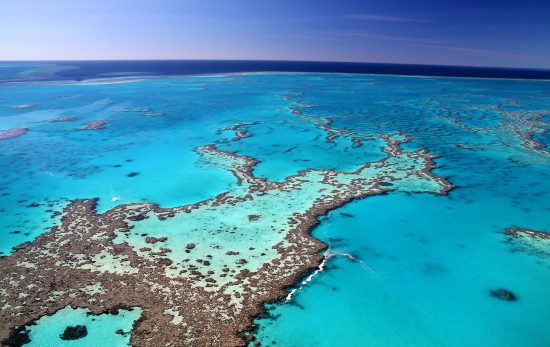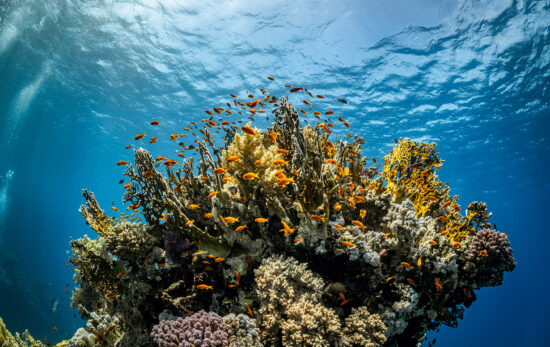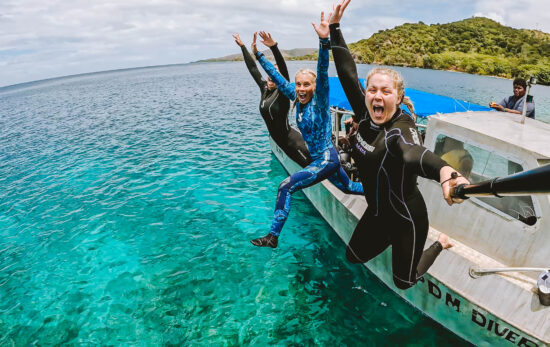New Zealand is well known for its incredible marine life and diverse underwater topographies – including wrecks! If you are a wreck diving aficionado and planning to dive in New Zealand you have some phenomenal wreck dives to choose from. Here are some of our favorites that you won’t want to miss out on!
HMNZS Canterbury
This Bay of Islands wreck was famously purchased by a non-profit organization for $1 (one New Zealand Dollar) for the sole purpose of scuba diving! The Canterbury now sits upright in a protected cove between 13 meters (40 feet) and 39 meters (125 feet), making it accessible by all.
The Canterbury was scuttled in 2007 and despite being a relatively new addition to New Zealand’s collection of wrecks, the structure is already showing impressive growth and has attracted a myriad of marine life that has readily moved in.
Highlights: there are wide open hangars that can be explored, resident schools of snapper and areas of kelp.

Mikhail Lermontov
Sunk in Marlborough Sound in 1986, under mysterious circumstances, this Russian cruise liner is the largest wreck in Australasia and she now rests, fully intact, on her starboard side. Diving on the Mikhail Lermontov in Port Gore is a fantastic experience, with many areas accessible without requiring penetration. For those with diving certifications which allow penetration diving, the Mikhail Lermontov provides a plethora of decks and corridors to explore.
Look out for the chandeliers along the way!
Rainbow Warrior
If you like wrecks with history then the Rainbow Warrior should be on your list. Rainbow Warrior was the Greenpeace flagship which was sabotaged and sunk by French Commandos in Auckland Harbour in 1985. It was later, in 1987, when she was refloated and moved north to the Bay of Islands, where she now rests.
The hull and bowsprit of this 40 meter (131 feet) trawler are almost entirely covered in luminous anemones which make a stunning yet, almost surreal, first impression.
The goal of Greenpeace is stated as “ensure the ability of the Earth to nurture life in all its diversity” and it appears that the Rainbow Warrior is carrying this out underwater as she now provides habitat for an incredible array of New Zealand marine life species.

TUI
The TUI began life as the Charles H Davis working on Hydrographic research for an American university. At the end of a varied life on the water she was gifted to Tutukaka Coast Promotions. After long negotiations she was prepared for her new role as a dive attraction and sunk off Tutukaka on the 20th of February 1999.
This 64 meter long (210 feet) wreck lays broken on her side at 32 metres (105 feet). The TUI is renowned for large schools of golden snapper, and beautiful Jason’s nudibranchs which can be found on the hydroid trees covering her hull.
Waikato
This 113 meter (372 foot) upright wreck sits at 28 meters (92 feet) making her suitable for advanced level divers.
Waikato was a Royal New Zealand Navy Leander Frigate which sank in 2000 on the Tutukaka Coast. The wreck features an intact gun turret and a giant propeller. For those who are certified to make penetration dives, there are multiple points of entry.
F69 Frigate, HMNZ Wellington
Commissioned in 1969 for the Navy as HMS Bacchante, this vessel joined the RNZN in 1982, where she remained in service until her decommissioning in 1999. The Wellington was scuttled to create an artificial reef and she now rests in the marine reserve 400 meters (1,312 feet) off the coast of Island Bay. This popular wreck dive sits in sections on the seafloor at approximately 21 meters (69 feet).
Since being scuttled in 2005, a diverse range of local marine life have made the wreck their home and it’s not unusual to find a variety of critters as well as small schools of fish cruising through.
Aramoana, Dunedin
The name Aramoana is Māori for “pathway of the sea” and it’s impossible to talk about wreck diving in New Zealand without mentioning this beautiful spot. Nestled amongst the kelp forests lies several scuttled ship wrecks – and an abundance of impressive marine life. Divers can explore the sponge encrusted wrecks whilst looking for seahorses, nudibranchs, eels, crayfish and carpet sharks. Diving here is made unique by the seven gills sharks that occasionally swim by, curious cod, blue moki, wrasse and perhaps the most special of visitors – the New Zealand hooker sea lion. If you don’t want to give up marine life sightings in favour of wrecks, in Aramoana you don’t need to compromise!

Want to explore these incredible wrecks? Be prepared and take your PADI Wreck Diver Specialty course in advance with PADI’s online eLearning program.
Already have your Wreck Diver Specialty? Connect with a local PADI dive shop in New Zealand and start planning your next wreck adventure!



